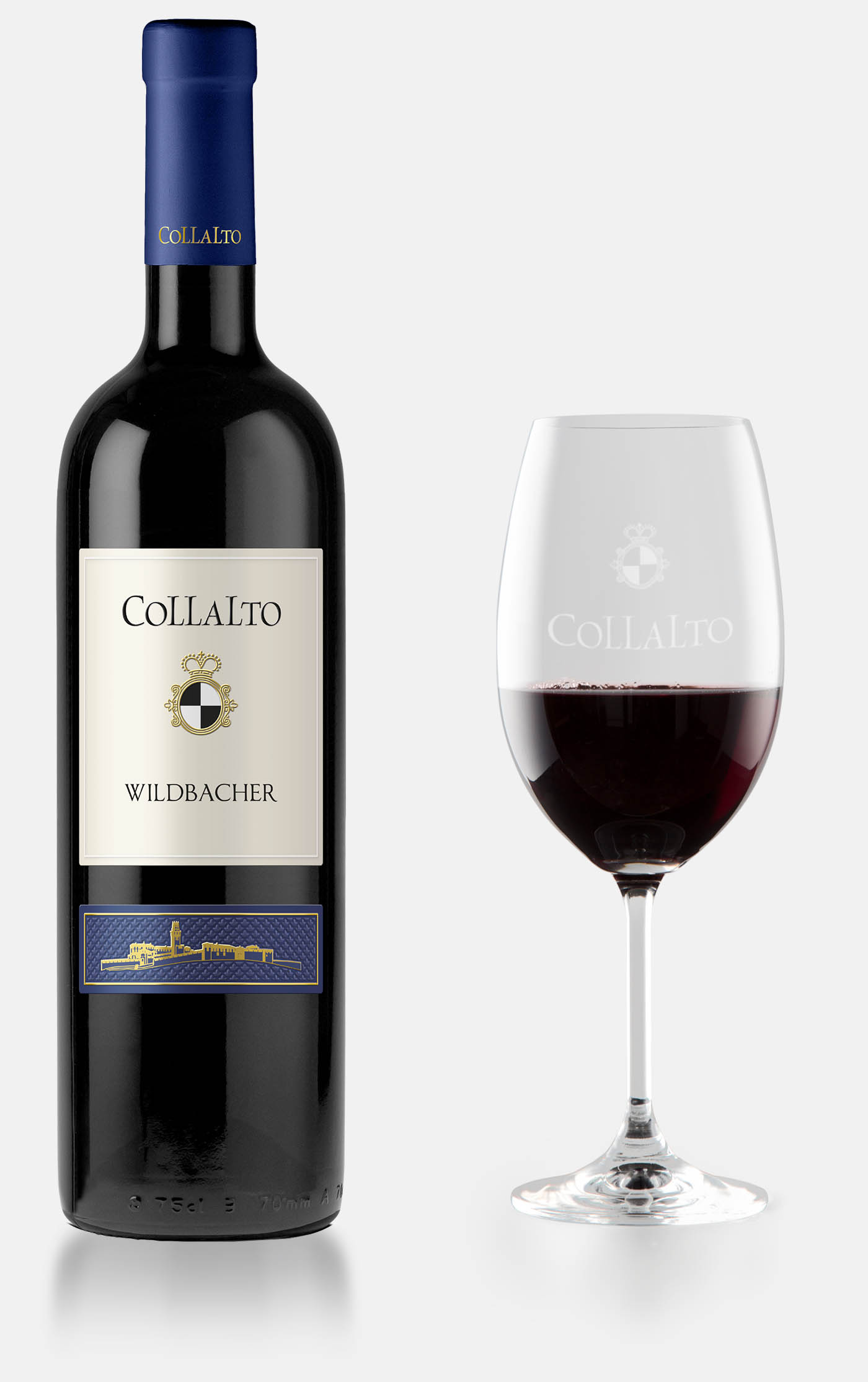The history of our Wildbacher goes back as far as the 18th century, when Count Antonio Collalto planted this unusual grape variety on his properties. Because of its long presence here, then, the Wildbacher is considered to all extents and purposes a local native grape.
Wildbacher
IGP
The history of our Wildbacher goes back as far as the 18th century, when Count Antonio Collalto planted this unusual grape variety on his properties.
| VARIETA' | 100% Wildbacher |
|---|---|
| NOME | Wildbacher, Colli Trevigiani IGP |
| VENDEMMIA | 2020 |
| ALCOHOL | 13% |
Wildbacher IGP
Description
Sommelier notes
Tasting
The wine appears an intense, deep ruby red. That intensity translates on the nose into emphatic impressions of ripe wild blackberry, tobacco leaf, and interwoven nuances of pungent hay and wild herbs. Its long maturation in oak succeeds in tempering its vigorous tannins to judicious, elegant proportions. Overall, this is a wine for those who know how to patiently wait.
How to enjoy it
Food pairings
Thanks to its crisp acidity and tannins, Wildbacher is the perfect partner to a wide array of fine, meat-based dishes. Slow-cooked preparations and highly-flavoured stews and braises are best, since they complement the decisive, self-confident sensations that are the hallmarks of this wine. Wildbacher is a superb exemplar of the quality that a native grape can offer and of the unique character that a specific terroir can yield. Best enjoyed at 16-18°C.
Wildbacher in detail
Vinification
GROWING AREA
Grapes: Wildbacher grown exclusively in our estate vineyards
Location: hills on the left bank of the Piave river
Aspect: south
Soils: predominantly clay
HARVEST
Yield per hectare: 70 quintals
Harvest period: 1-10 October
WINE PRODUCTION
Vinification: after the must is fermented, the wine macerates on the skins for 10-15 days, followed by a spontaneous malolactic fermentation. The wine is then matured.
Maturation: in 40hl-oak barrels for 18-24 months.
TECHNICAL ANALYSIS
Alcohol: 13% vol.
Acidity: 5.5 g/l
